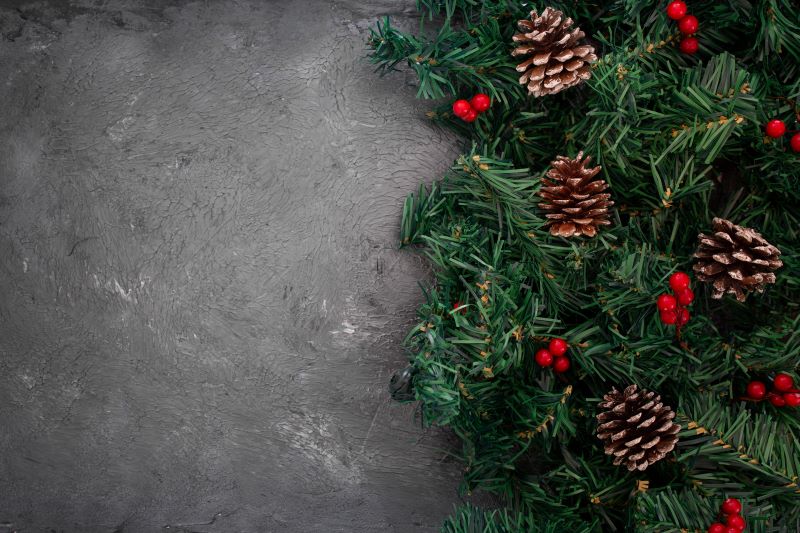Deck the Halls: A Visual Journey Through Christmas Decorations Throughout History
As the holiday season approaches, many homes become adorned with twinkling lights, beautiful wreaths, and vibrant ornaments. The tradition of decorating for Christmas has been around for centuries, with a rich history that has evolved over time. Join us on a visual journey through Christmas decorations throughout history.
Decking the Halls in Medieval Times: Greenery, Candles, and Feasts
Traditional Christmas decorations were quite different from the modern varieties we see today. Early decorations were often handmade and consisted of simple materials such as evergreen branches, berries, and natural elements like holly and mistletoe. These items were used to adorn homes or churches during the holiday season.
The Victorian Era: Tinsel, Ornaments, and the Birth of the Modern Christmas Tree
However, it wasn’t until the mid-19th century that Christmas decorations began to evolve into more elaborate displays. The Christmas tree, a staple in modern-day Christmas celebrations, became widely popular during this time. German immigrants to the United States brought with them the tradition of the Christmas tree, and soon it became a popular holiday fixture in American homes.
With the rise of the Christmas tree came a plethora of decorative ornaments. These early ornaments were often made from wax, paper, and wood, with intricate designs painted by hand. Glass-blown ornaments soon followed, becoming particularly popular in the late 1800s. These stunning ornaments came in a variety of shapes, sizes, and colors and included delicate patterns and sparkling details.
The Roaring Twenties to the 1960s: Streamers, Icicles, and Retro Kitsch
As the 20th century approached, tinsel became a common fixture on Christmas trees. The shiny silver (and later, other colors) strands added a touch of glamor and sparkle to holiday decor. Another important addition to Christmas decorations during this time was electric lights. In the 1880s, Thomas Edison began to mass-produce electric light bulbs, making it possible for families to light up their Christmas trees with strings of colorful lights.
During the mid-20th century, Christmas decorations took on a more kitschy and whimsical feel. Popular elements of Christmas decor during this time included plastic ornaments in the shapes of popular characters like Mickey Mouse and Rudolph the Red-Nosed Reindeer. Inflatable lawn decorations became popular in the 1960s and 70s, with everything from giant snowmen to larger-than-life Santa Clauses popping up on suburban lawns across America.
The Modern Era: LED Lights, Smart Homes, and Sustainable Ornaments for a Greener Holiday
Today, Christmas decorations have become more diverse than ever. While traditional elements such as stockings and wreaths remain popular, many families have begun to incorporate unique items into their holiday decor. For example, the popular “ugly Christmas sweater” trend has been translated into kitschy decor items such as ornaments and garlands. Additionally, minimalist holiday decor has become increasingly popular in recent years, with many families opting for simple greenery and white lights instead of elaborate displays. In conclusion, Christmas decorations have a long and rich history that has evolved over time. From simple natural elements to sparkling glass ornaments and inflatable lawn decorations, the ways in which we decorate for the holidays has changed over the years. Whether you prefer traditional decor or enjoy trying out new trends, one thing is for sure: Christmas decorations are sure to brighten up any home during the holiday season.
